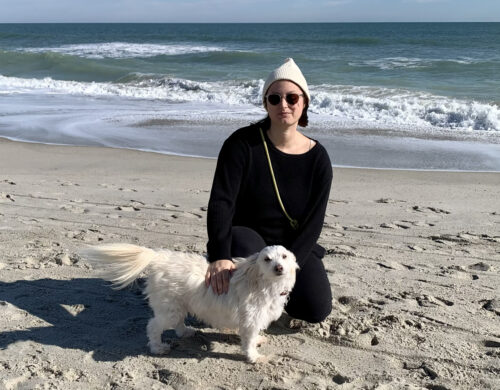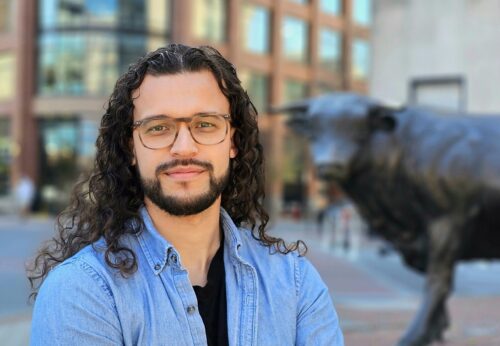Meyling Ruiz and her brother were babies when her parents fled their homeland during the Nicaraguan Revolution. It was 1988, and Sandinista soldiers had already taken her 15-year-old cousin to fight for the regime. Civil unrest, food shortages, violence, and murder reigned. “They didn’t know how long that was going to last and they didn’t want us to be there,” says Ruiz.
The family flew to Guatemala, then illegally walked across the border into Texas. “We were so sick when we arrived,” she says. “They didn’t have access to potable water. My mom had to mix our formula with dirty water they found on their way.”
After four years in Miami, Ruiz’s parents again sought a safer locale and relocated to Toledo. Her father had always been approved for work permits — “Thank God,” she says — and the family received amnesty in 1999 under the Nicaraguan Adjustment and Central American Relief Act, Republican-authored legislation granting legal residency to qualifying asylees escaping violence.
I think immigrants make our communities safer. So many of us fled danger in hopes of a better life. We know the impact safety has on us and our neighborhoods.
For Ruiz, Toledo has always been her home. She works in accounting for a healthcare firm, and serves as a volunteer board member for the Toledo Museum of Art Circle and Welcome Toledo Lucas County. “Right now I have the energy, I have the time, I have the willingness,” she says. “And I love it. I love Toledo.”
She was also voted president of the Latino Alliance of Northwest Ohio. One mission is to ensure immigrants receive translations of vital information — school advisories, hospital treatment plans, city utility bills. “That’s what I had to deal with my entire life. I had to interpret paperwork that came to the house, go to medical visits, things that as a child you shouldn’t have to be interpreting for an adult.” Under federal law, public agencies that receive any federal funding must provide critical information in a language that residents can understand.
“It enhances the overall group if you know the rules,” says Ruiz, adding: “I think immigrants make our communities safer. So many of us fled danger in hopes of a better life. We know the impact safety has on us and our neighborhoods.”




